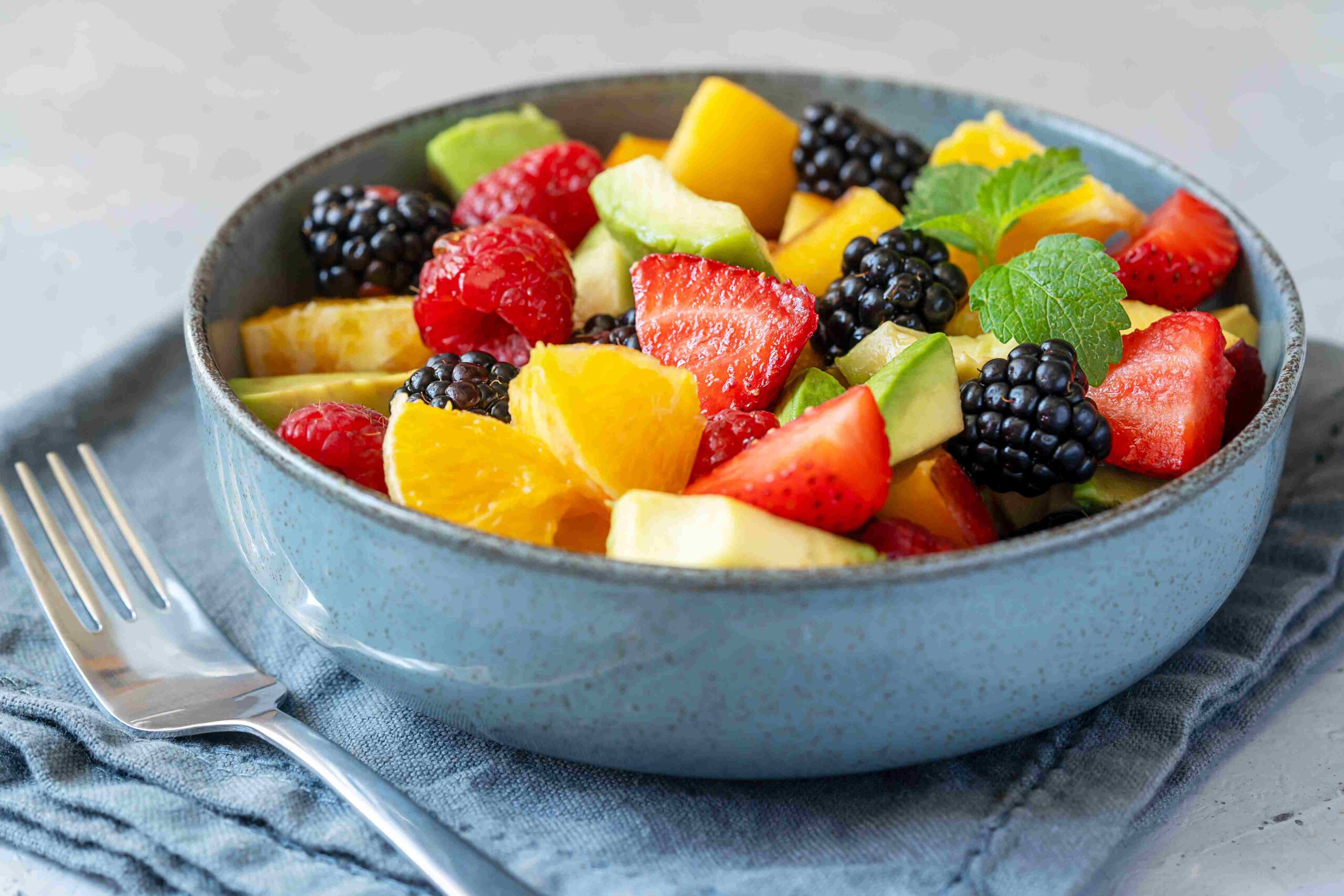
The Yogic Diet: Balancing Body, Mind, and Spirit Through Food
October 5, 2023
What’s on your plate today? We don’t mean your diary or your plans for the day, although those may have a strong influence on your practice. For the moment, though, we would really like to talk about what you are eating today.

It’s no secret that what we eat has a huge impact on how we feel physically and mentally. Just remember the last time you overindulged at a dinner party and felt like you needed a nap to recover. Or perhaps you struggle to start your morning without a cup of coffee or two? We all tend to have dietary habits that we cling to. Some of those support your yoga practice whereas others may be holding you back. In this blog, we investigate what is meant by “the yogic diet” and how you can incorporate it into your daily life.
What is the Yogic Diet?
First things first – this is not a prescriptive blog in which we tell you what to eat and what to forego. Instead, we want to introduce you to the origins and principles of the yogic diet and help you explore how you can eat and drink to support your yoga practice and your overall well-being.
So, let’s get started. The original yogic diet has its roots in the practice of yoga and ayurveda. According to those traditions, our food and drink fall into three categories:
- Sattvic or pure foods
- Tamasic or angry foods, and
- Rajasic or forceful foods
As you might have guessed from those terms, the yogic diet favors sattvic foods and encourages you to limit or even eliminate foods and drinks from the other categories. The goal is to nourish your body and keep your mind calm and in the right state for your yoga practice.

What Foods Go Well with Yoga?
So, what are sattvic foods? Think about whole foods like vegetables, legumes, whole grains, fruits, and clarified butter (the traditional Indian ghee). All of those foods fall into the sattvic category. Tamasic, or angry, foods include meat. Perhaps surprisingly, onions and garlic also fall into this category. Lastly, rajasic foods include coffee (yes, really), salt, and hot peppers.
Does this mean you need to forego your morning coffee and never again enjoy the deep flavors that sauteed onions and garlic add to a meal? Of course not. In practice, a balanced diet tends to be most beneficial when you prioritize foods that are good for you but also give yourself some room for treats.
Can you imagine attending a friend’s wedding without sampling the cake? Seems like a bit of a wasted day, in our opinion, unless you have a serious condition that rules out the occasional slice of cake. Allowing yourself those treats once in a while will not undo the good that a healthy, balanced diet is doing for you overall.
And what about coffee? We all know that coffee is a stimulant, but if a cup of your favorite blend is part of your morning ritual don’t worry too much about it and enjoy every sip. On the other hand, if your coffee habits include a permanent supply of caffeine that you consume mindlessly, it may be time to reevaluate your routine. You also want to make sure that you drink enough water to stay well hydrated throughout the day.
What Diet Should I Follow While Doing Yoga?
As we promised above, we’re not going to tell you what to eat and what to swear off. But there are a few recommendations that may help you progress in your practice and enjoy overall greater health and well-being.
Start by focusing on real, whole foods and limiting your consumption of ultra-processed foods and junk food. As a rule of thumb, if you are preparing meals from and eating foods that mostly consist of ingredients you can find in nature, you’re on the right path.
Try to dedicate even just a little time to your meals and eat mindfully rather than eating while doing something else at the same time. You’ll feel fuller faster, and your digestive system will thank you, too.

What is the Yogic Way of Eating?
For many practitioners, the yogic way of eating means choosing a vegetarian or vegan diet over a diet that is heavy in meat. But remember, there are few absolutes when it comes to food. If your body and mind feel better and perform better on a diet that includes meat, don’t force yourself to become vegan. Make sure you’re choosing good-quality ingredients instead.
And what about alcohol? It’s true that the traditional yogic diet does not include alcoholic drinks. However, many of us enjoy a glass of wine with our dinner or perhaps a cocktail when we meet with friends. Before you swear off both of those, listen to your body and consider how these drinks affect you in the moment and later on. If you’re planning on joining us for a 6 am or 8 am early-morning class at Uptown Yoga, perhaps it’s a good idea to avoid drinking on the night before.
Final Thoughts
The best diet to support your yoga journey is one that prioritizes healthy, balanced meals, and leaves you feeling positive and energized. Focus on foods that nourish you inside and out, and avoid beating yourself up for the odd indulgence. You deserve a treat, just as much as your body and your mind deserve a diet that is rich in nutrients and high-quality foods. That’s the kind of diet that will support your yoga journey for years to come.
Ready for your next class? Join us online or in-person now, and if you’d like to know more about the yogic diet, don’t be afraid to chat to our team of instructors at Uptown Yoga. We’re always happy to share insights and tips and tricks to help you progress.




